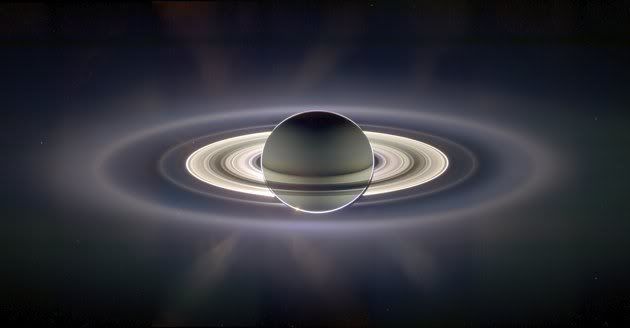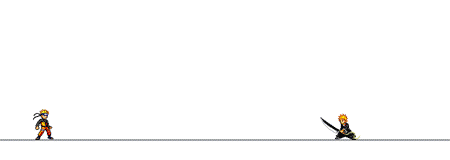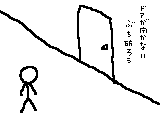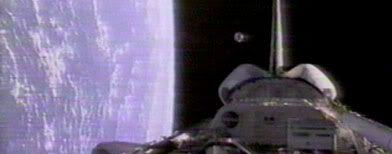
A dead NASA satellite will soon fall to Earth, but the space agency says there is very little chance that a piece of it will hit someone.
NASA says the 20-year-old satellite will probably fall sometime between late September and October. Pieces of it could land anywhere in the six inhabited continents in a worldwide swath from south of Juneau, Alaska, to just north of the tip of South America. NASA scientists estimate a 1-in-3,200 chance a satellite part could hit someone. Most of it will burn up after entering Earth's atmosphere.
The 6-ton (5.4-metric ton) Upper Atmosphere Research Satellite (UARS) ran out of fuel in 2005 and will fall uncontrolled out of orbit. Only about 1,200 pounds (544.32 kilograms) of metal should survive, NASA said.
This satellite is far smaller than the 135-ton (123-metric ton) Russian space station Mir, which fell to Earth in 2001 or the 100-ton (91-metric ton) Skylab that fell in 1979. Mir fell into the South Pacific, while Skylab hit the Indian Ocean and parts of sparsely populated western Australia. Because two-thirds of the Earth is ocean, space debris usually hits water
"Things have been re-entering ever since the dawn of the Space Age; to date nobody has been injured by anything that's re-entered," said NASA orbital debris chief Gene Stansbery. "That doesn't mean we're not concerned."
NASA now has a rule that the chance of any of its satellites hitting someone has to be more than 1 in 10,000. But UARS, which measured chemicals in the air, was launched in 1991 before that rule was adopted. The agency usually tries to put dead satellites into "a graveyard orbit" or steer them down to the ocean, Stansbery said. But there was not enough fuel in this one to fire engines that would move it to a higher orbit or steer it down safely.
The 1-in-3,200 odds of being hit pertain to any of the nearly 7 billion people on Earth. But any one individual's odds of being struck are about 1 in 21 trillion.
Space debris bigger than 5 tons (4.5 metric tons) does not often fall to Earth. But this will be the third time this year for something that big to reach Earth, according to Jonathan McDowell, a Harvard University astrophysicist who tracks objects in orbit.
The UARS satellite travels over a large band of Earth, avoiding only areas close to the poles. NASA calculates that when the satellite does fall it will scatter pieces over a 500-mile (800-kilometer)-wide region.
Stansbery said the agency doesn't know exactly when and where those will fall because it depends on the orientation of the satellite in the atmosphere, solar storm activity and other variables.
There probably is no hazardous material left in the falling pieces, but people should not touch any fallen satellite parts just in case, he said.
NASA will be tracking the satellite on a weekly and later daily basis until it falls.
Article by :SETH BORENSTEIN - AP Science Writer | Sep 9, 2011
~~~~~~~~~~~~~~~~~~~~~~~~~~~~~~~~~~~~~~~~~~~~~~~~~~~~~~~~~~~~~~~~~~~~~~~~~~
AFP News – Sat, Sep 17, 2011
US satellite may crash back to Earth Sept 23: NASAThis undated NASA image shows a conceptual image of the Upper Atmosphere Research Satellite (UARS), launched in September 1991, by the space shuttle Discovery.
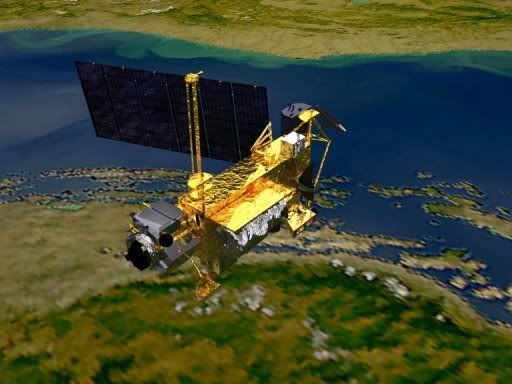
A 20-year-old satellite that measured the ozone layer is expected to crash back to Earth late next week, but NASA said it still does not know where it will fall.
The US space agency stressed that the risk to public safety from the Upper Atmosphere Research Satellite (UARS) is "extremely small," and said that most, but not all, of the gear will burn up on re-entry into Earth's atmosphere.
"Re-entry is expected Sept. 23, plus or minus a day. The re-entry of UARS is advancing because of a sharp increase in solar activity since the beginning of this week," NASA said in a brief update on its website on Friday.
"Safety is NASA's top priority," it added, noting that throughout history, there have been "no confirmed reports of an injury resulting from re-entering space objects."
The decommissioned satellite could land anywhere between 57 degrees north latitude and 57 degrees south latitude, a vast swath of populated territory. Predictions will only get more precise as the landing approaches.
The UARS satellite was sent into orbit in 1991 by the space shuttle Discovery.
The 35 by 15 foot (three by 10 meter) spacecraft weighed 13,000 pounds (5,900 kilograms) and toted 10 scientific instruments for measuring wind, temperature and ozone chemistry. It was officially decommissioned in 2005.
"Although the spacecraft will break into pieces during re-entry, not all of it will burn up in the atmosphere," NASA said.
"It is impossible to pinpoint just where in that zone the debris will land, but NASA estimates the debris footprint will be about 500 miles (800 kilometers) long," the space agency said.
It also urged anyone who comes across what they believe may be space debris not to touch it, but to call authorities for assistance.
